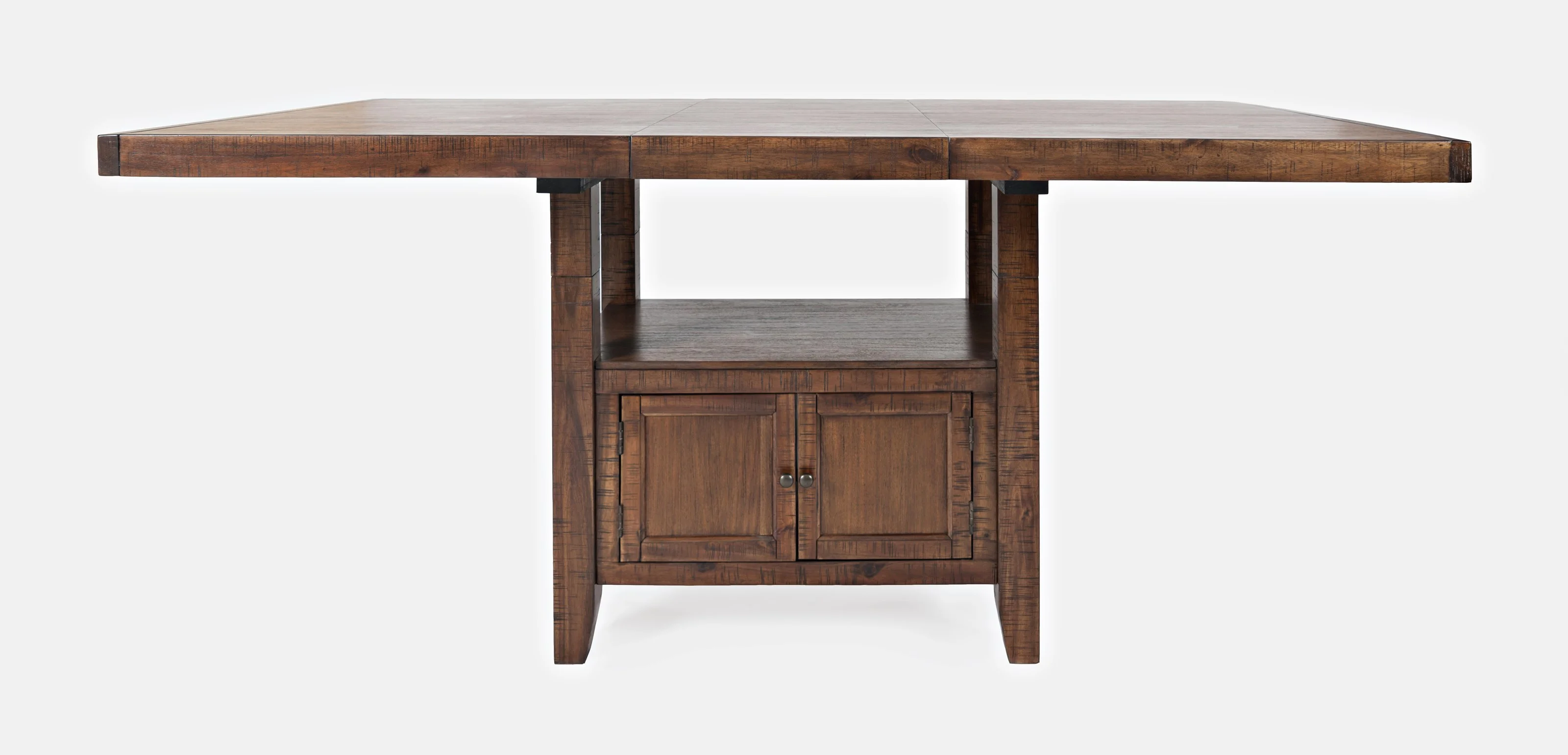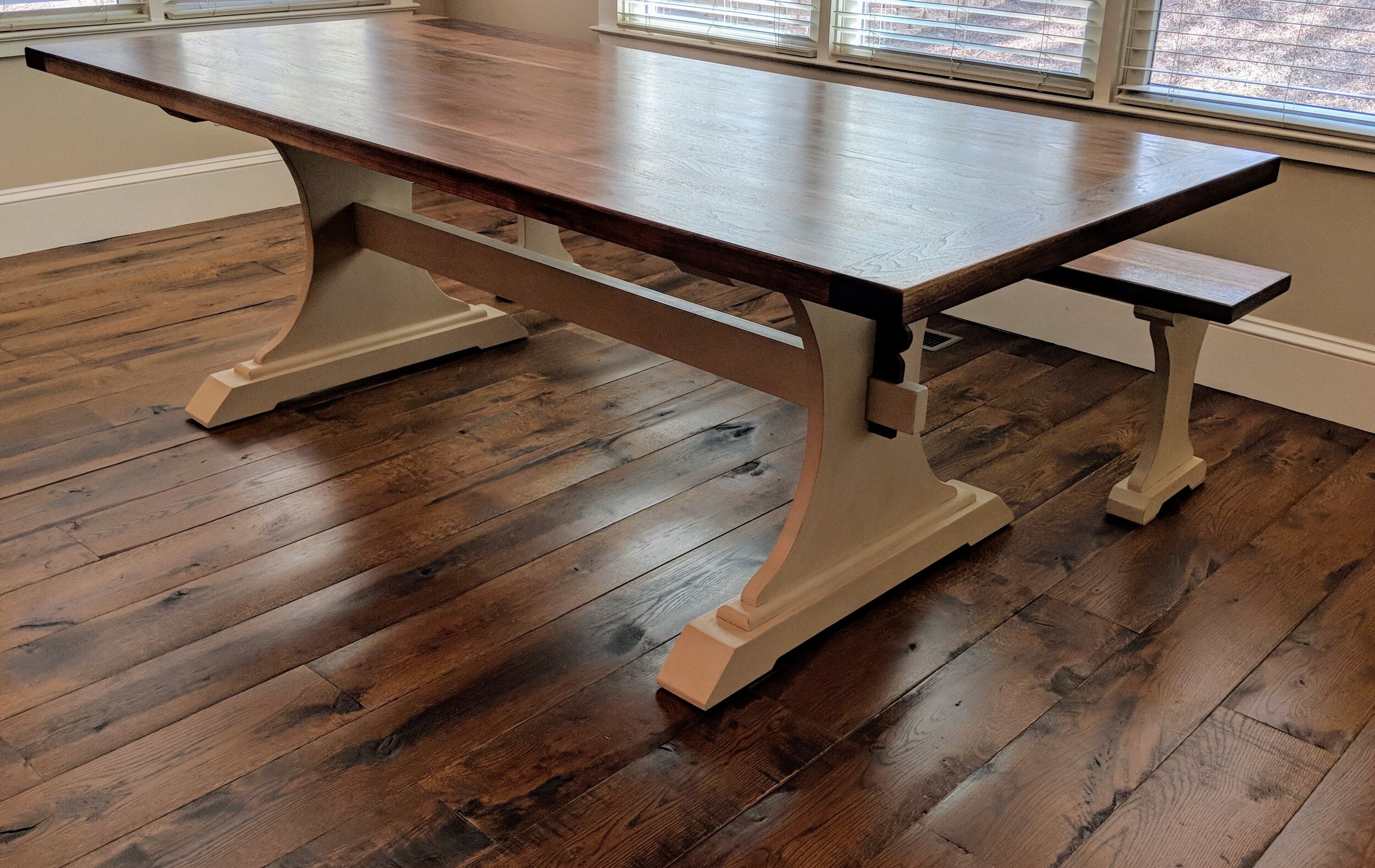Find the Ideal Dining Room Table Legs for Any Interior Design Style
Find the Ideal Dining Room Table Legs for Any Interior Design Style
Blog Article
From Conventional to Modern: Discover the Suitable Dining-room Table Legs for Your Design
While traditional designs such as cabriole and transformed legs evoke a sense of ageless class, contemporary styles like hairpin and geometric alternatives present a chance for striking aesthetic interest. As you take into consideration these elements, the inquiry remains: how can you effortlessly incorporate these varied leg designs to develop a harmonious eating experience?
Understanding Table Leg Styles
The variety of eating space table leg styles can dramatically affect both the aesthetics and functionality of the space. Each leg style adds special sensible features and aesthetic components, accommodating diverse design choices and usage demands. Recognizing these styles is critical for picking the best eating table that straightens with your total interior decoration vision.
For instance, conical legs supply a tidy, traditional look that can boost a room's beauty, while stand bases offer stability and maximize legroom, making them excellent for smaller sized spaces. Barrette legs, a trademark of mid-century modern layout, present an industrial style, permitting an airy, open feel. In a similar way, trestle legs evoke rustic appeal, supplying durable support and a sense of eternity.
Additionally, the choice of materials plays a considerable duty. Wooden legs can bring heat and structure, whereas metal alternatives usually share a sleek, modern ambiance. Inevitably, comprehending table leg styles is vital for creating a cohesive eating location that mirrors individual design while making sure usefulness and comfort. By thoughtfully thinking about these components, you can enhance both the aesthetic and useful allure of your eating space.
Conventional Table Leg Options
When selecting dining area table legs, traditional options commonly personify timeless sophistication and craftsmanship. These designs show an abundant heritage and a dedication to top quality, making them ideal for those who appreciate traditional looks.
Among one of the most legendary traditional leg designs is the cabriole leg, identified by its elegant bent form. This layout often features decorative makings and is most commonly located in Queen Anne and Chippendale furnishings. An additional preferred alternative is the transformed leg, which flaunts a series of smooth, rounded shapes that provide a classic look while preserving stability.
Furthermore, the straight leg, while simple, offers a basic and tough framework that can blend perfectly with a variety of tabletop designs. For those attracted to ornate outlining, claw-and-ball feet legs evoke a feeling of majesty and can offer as a sensational centerpiece in any eating room.
Finally, pedestal bases, although not purely legs, supply an alternate conventional option that permits adequate legroom and can be wonderfully carved. Each of these typical leg styles adds to the total atmosphere of a dining area, marrying feature with aesthetic appeal.

Modern Table Leg Layouts
Modern table leg styles supply a diverse series of styles that stress clean lines and innovative materials. These styles often prioritize capability while working as striking prime focus within a dining area. Minimal looks are prevalent, with legs crafted from products such as steel, glass, and engineered timber, which add to a airy and modern feeling.
One preferred design is the barrette leg, identified by its slender, conical framework that provides stability without frustrating the tabletop (dining room table legs). This style is commonly found in mid-century contemporary furnishings and can effortlessly enhance various table forms. Another pattern is making use of geometric forms, where legs may take on angular or unbalanced forms, adding visual rate of interest and a touch of virtuosity

Mixing Designs for Special Areas
Commonly, house owners seek to create unique eating areas that show their personal style by blending numerous style components. This strategy enables the consolidation of diverse visual appeals, resulting in an unified yet unique environment. For example, coupling a rustic wood table with sleek, modern-day steel legs can create an attractive comparison that raises the room's total charm.
Furthermore, incorporating vintage table legs with modern table tops can evoke a feeling of history while preserving a contemporary sensibility. Such combinations not just showcase private preference however additionally motivate creativity, enabling property owners to curate a room that feels both individual and inviting.
Color plays a vital role in this mixing process; choosing table legs that enhance or contrast with the existing color pattern can improve aesthetic interest. As an example, whitewashed legs can soften the daring of a dark table surface, producing a well balanced aesthetic.
Tips for Picking the Right Legs
Selecting the right table helpful hints legs is necessary for achieving both functionality and visual allure in your dining space. Begin by thinking about the total style of your room. Standard setups gain from legs that feature elaborate makings or transformed layouts, while modern spaces may require smooth, minimal designs.
Following, assess the height and stability of the legs. dining room table legs. Conventional table vary in between 28 to 30 inches in elevation, so ensure the legs complement this measurement for comfort. Furthermore, robust materials, such as hardwood or metal, can improve stability and durability
Examine the leg form as well-- options include straight, tapered, or pedestal layouts. Straight legs offer a traditional look, while tapered legs can add a touch of beauty. Pedestal important site bases provide adequate legroom and are excellent for smaller sized rooms.
Final Thought
In recap, choosing the excellent dining space table legs needs cautious consideration of both standard and contemporary designs. Conventional choices such as cabriole and transformed legs provide timeless elegance, while modern layouts like barrette and geometric shapes provide a modern touch. By integrating leg design, height, and product with the total design, a natural and inviting atmosphere can be attained. Eventually, the chosen table legs should reflect the wanted visual, improving the eating experience within the area.
The selection of dining area table leg styles visit homepage can significantly affect both the looks and capability of the area. Inevitably, comprehending table leg designs is necessary for creating a natural dining location that shows individual style while making certain practicality and convenience.One of the most renowned typical leg designs is the cabriole leg, defined by its graceful rounded form. Straight legs provide a timeless look, while tapered legs can include a touch of elegance.In summary, selecting the ideal dining space table legs calls for careful factor to consider of both typical and contemporary styles.
Report this page